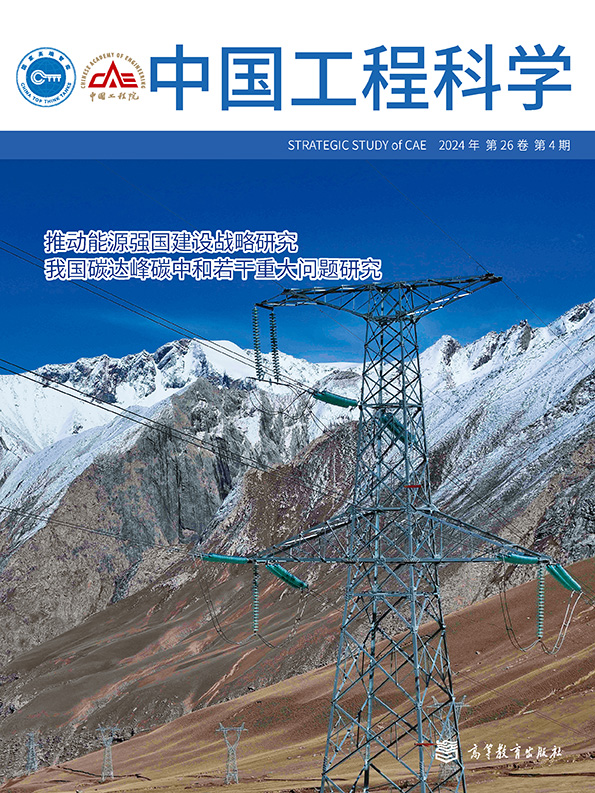Development Strategy for Urban Agglomerations in Yangtze River Economic Belt Considering Environmental Carrying Capacity
引用次数: 1
Abstract
: The Yangtze River Economic Belt is a vital ecological security barrier and the focus of China’s economic development. Promoting the construction of urban agglomerations in the Yangtze River Basin is crucial for accelerating the development of the Yangtze River Economic Belt. The five urban agglomerations in the Yangtze River Economic Belt were used as the research objects; their environmental carrying capacities and the coupling relationship between these capacities and urban agglomeration development were explored. Based on the results, we categorized these urban agglomerations into three types: (1) mature–environmental overload type constituting the urban agglomeration in the Yangtze River Delta, (2) high-speed development–environmental overload type, comprising the urban agglomerations in Chengdu–Chongqing and the middle reaches of the Yangtze River, and (3) cultivation–environmental non-overload type that comprised the urban agglomerations in central Guizhou and central Yunnan. Herein, we propose strategic suggestions for the development of urban agglomerations in the Yangtze River Economic Belt considering the aspects of ecological space control, optimization of spatial land patterns, green development of urban agglomerations, and improvement of the human settlement environment. These aim to strengthen the guiding role of environmental carrying capacity in developing urban agglomerations and provide basic support for promoting high-quality development of the Yangtze River Economic Belt.考虑环境承载力的长江经济带城市群发展战略
长江经济带是重要的生态安全屏障,是中国经济发展的重点。推进长江流域城市群建设是加快长江经济带发展的关键。以长江经济带五大城市群为研究对象;探讨了其环境承载力及其与城市群发展的耦合关系。在此基础上,将这些城市群划分为3种类型:(1)以长三角城市群为代表的成熟-环境超载型城市群;(2)以成渝城市群和长江中游城市群为代表的高速发展-环境超载型城市群;(3)以黔中、滇中城市群为代表的培育-环境非超载型城市群。在此基础上,从生态空间控制、空间土地格局优化、城市群绿色发展、人居环境改善等方面提出长江经济带城市群发展的战略建议。加强环境承载力对城市群发展的引导作用,为推动长江经济带高质量发展提供基础支撑。
本文章由计算机程序翻译,如有差异,请以英文原文为准。
求助全文
约1分钟内获得全文
求助全文
来源期刊
自引率
0.00%
发文量
4428
期刊介绍:
"Strategic Study of CAE" is supervised by the Chinese Academy of Engineering, hosted by the Strategic Consulting Center of the Chinese Academy of Engineering and Higher Education Press Limited Company, and published by the Strategic Study of CAE Editorial Department. This journal is one of the "1+9+1" series of journals of the Chinese Academy of Engineering, and its editorial board is the Consulting Working Committee of the Chinese Academy of Engineering.
This bimonthly journal is published in Chinese. It is a core Chinese journal and a core journal of Chinese science and technology, included in the Chinese Science Citation Database (CSCD), the Japan Science and Technology Agency (JST) database, and the Swedish DOAJ database.
The journal is positioned as an academic journal for strategic consulting in engineering and technology, mainly publishing academic papers that reflect the results of strategic consulting research in China's engineering and technology. It aims to provide counsel for the government's scientific decision-making, guidance for the industry's scientific development, and references for related academic research.

 求助内容:
求助内容: 应助结果提醒方式:
应助结果提醒方式:


